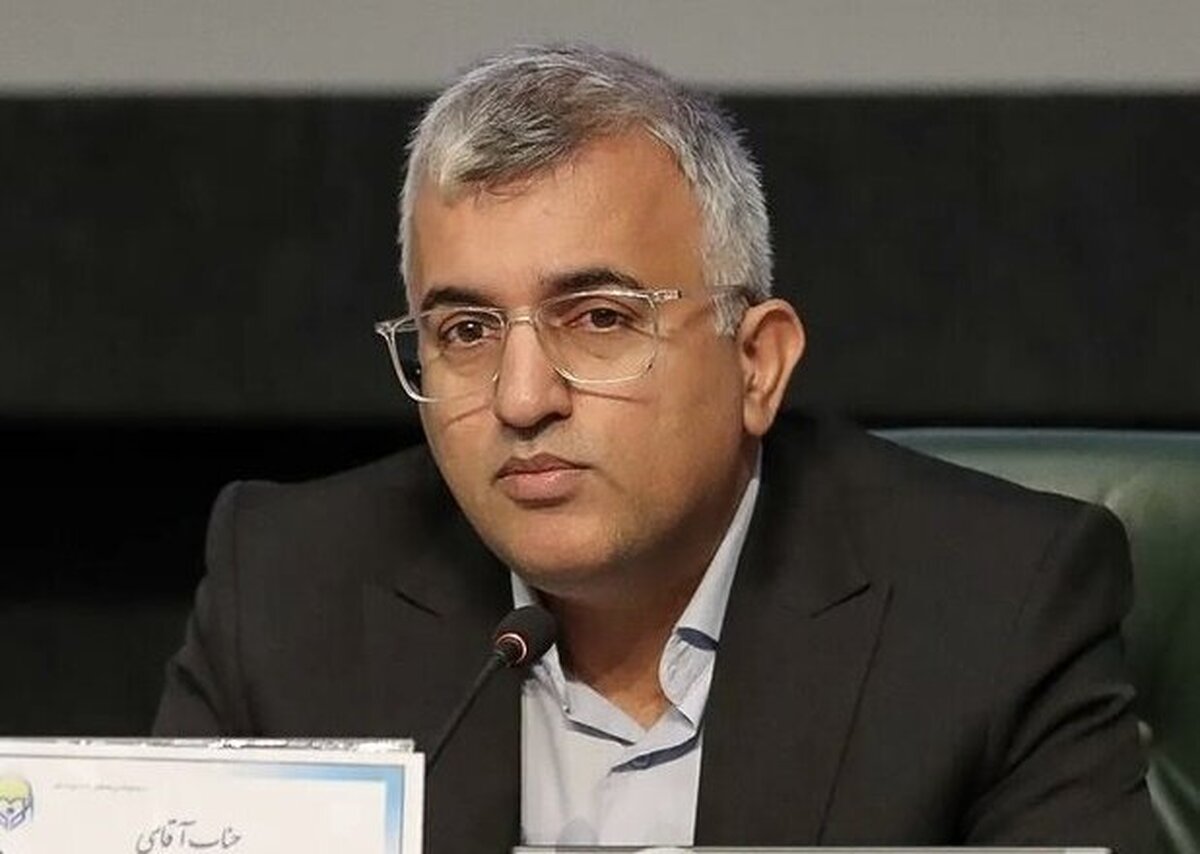
Expert Probes Impact of Sanctions on Iran’s Economy
EghtesadOnline: Besides the increase in money supply, monetary base and inflation, sanctions have played a key role in the volatility of foreign exchange rates in Iran’s economy, Hadi Haqshenas, an economic expert, said in a write-up for Persian daily Ta’adol. A translation of the text follows:
We need to accept that the depreciation of local currency is not a new problem; this trend has been present in the Iranian economy for the past three decades. When did these currency shocks increase and when did they occur more frequently?
During the years ending March 2013 and March 2014, when the economic sanctions against Iran intensified, the economy faced back-to-back depreciations in local currency.
There was a favorable stability in the exchange rate from the year ending March 2016 to the year ending March 2017, but again after May 2018, following the withdrawal of the United States from the Joint Comprehensive Plan of Action, Iran’s foreign exchange market experienced substantial volatilities.
It is clear that political factors that give rise to inflationary expectations have been elemental in shaping the forex market over the past decade.
You need to bear in mind that inflation is the main reason behind exchange rate fluctuations; inflation in turn is affected by external propositions in the economy. It is not possible for an economy to have a high inflation rate and at the same time a stable exchange rate.
Only if a country is not subjected to sanctions, has reasonable trade and economic relations with the world and is capable of distributing a large amount of foreign currency in the market, it will be able to keep the value of its local currency stable under inflationary conditions.
Thus, a country under sanctions, which registers high growth of money supply and inflation, and experiences inflationary expectations, will also experience currency shocks. When the first round of negotiations for JCPOA revival was started by the new government, news from Vienna, Austria, did not meet market expectations.
The failure of talks was reflected in the forex market, as the exchange rate began an upward trend.
When market expectations were not met, the dynamics of monetary indicators changed. If economic expectations are not met during the next round of nuclear talks, the market will react again and the exchange rate will rise further.
Therefore, just as you cannot ignore the growth of money supply at rates of above 40%, the rise in monetary base and the average inflation rate of above 44% and only blame political factors for problems troubling the market, you also cannot ignore the absence of normal trade with other countries and the role of sanctions. Iran’s non-oil exports stood at $28 billion over the past seven months.
This comes as the country’s monthly oil and non-oil exports stood at $10 billion (i.e., more than $120 billion annually) in the year ending March 2012. The capacity of Iran’s economy in exports is not $60 billion per year; it registered oil and non-oil exports of $200 billion in the year ending March 2012 after all.
In other words, Iran’s economy has lost the lion’s share of its income due to sanctions. These figures indicate that the size of Iran's economy is at least $200 billion; it’s natural that we see fluctuations in foreign exchange rate now that our economy has declined to $60 billion.
As mentioned above, when the country’s money supply exceeds 42,000 trillion rials [$140 billion], no one in their right minds would expect the exchange rate in fiscal 2021-22 to be the same as it was a decade ago or even 2-3 years ago.
Once again, a part of problems with the currency fluctuations are to blame on real economic variables and monetary indicators while another part comes from political variables.
In the meantime, some structural problems have also cost the economy’s forex market stability. Lack of favorable economic and trade relations with neighboring countries and other influential countries is one of the key structural problems. Therefore, the role of sanctions in Iran’s economic problems and market fluctuations cannot be denied.


